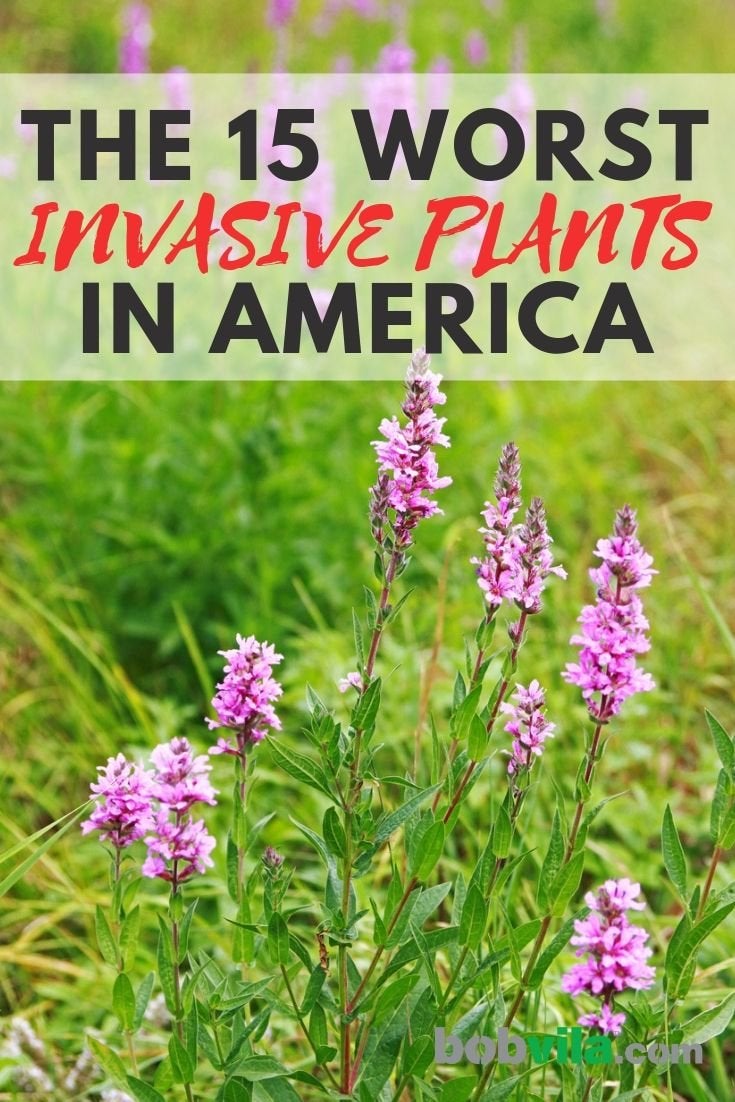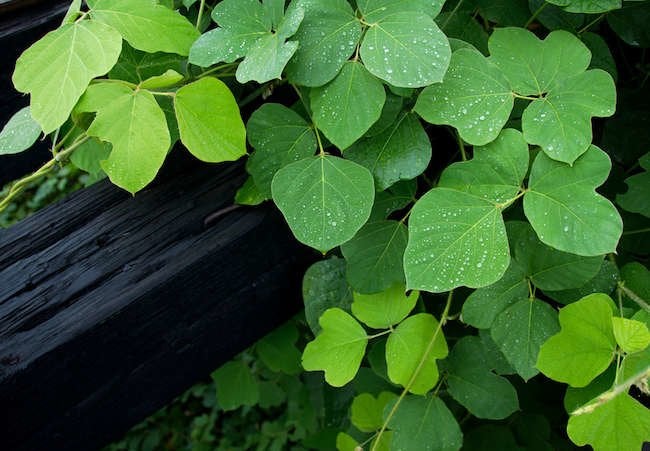

We may earn revenue from the products available on this page and participate in affiliate programs. Learn More ›
Kudzu
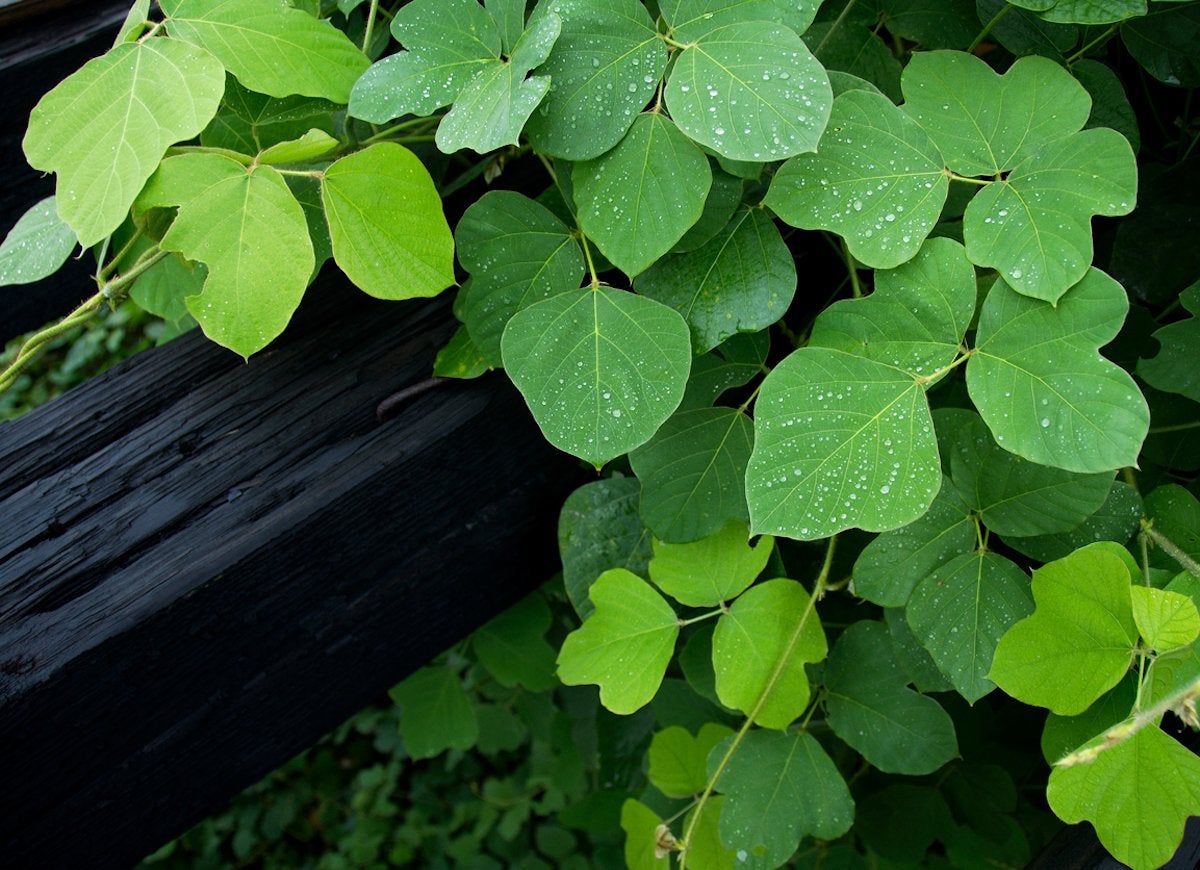
Commonly seen vining throughout the southeastern United States, the perennial kudzu originally hails from Asia. Although the United States Department of Agriculture believes that kudzu spreads up to 150,000 acres annually, the Forest Service estimates that the weed spreads by 2,500 acres per year. Regardless, kudzu can cover anything in its way, from trees, fences, and other permanent structures.
English Ivy
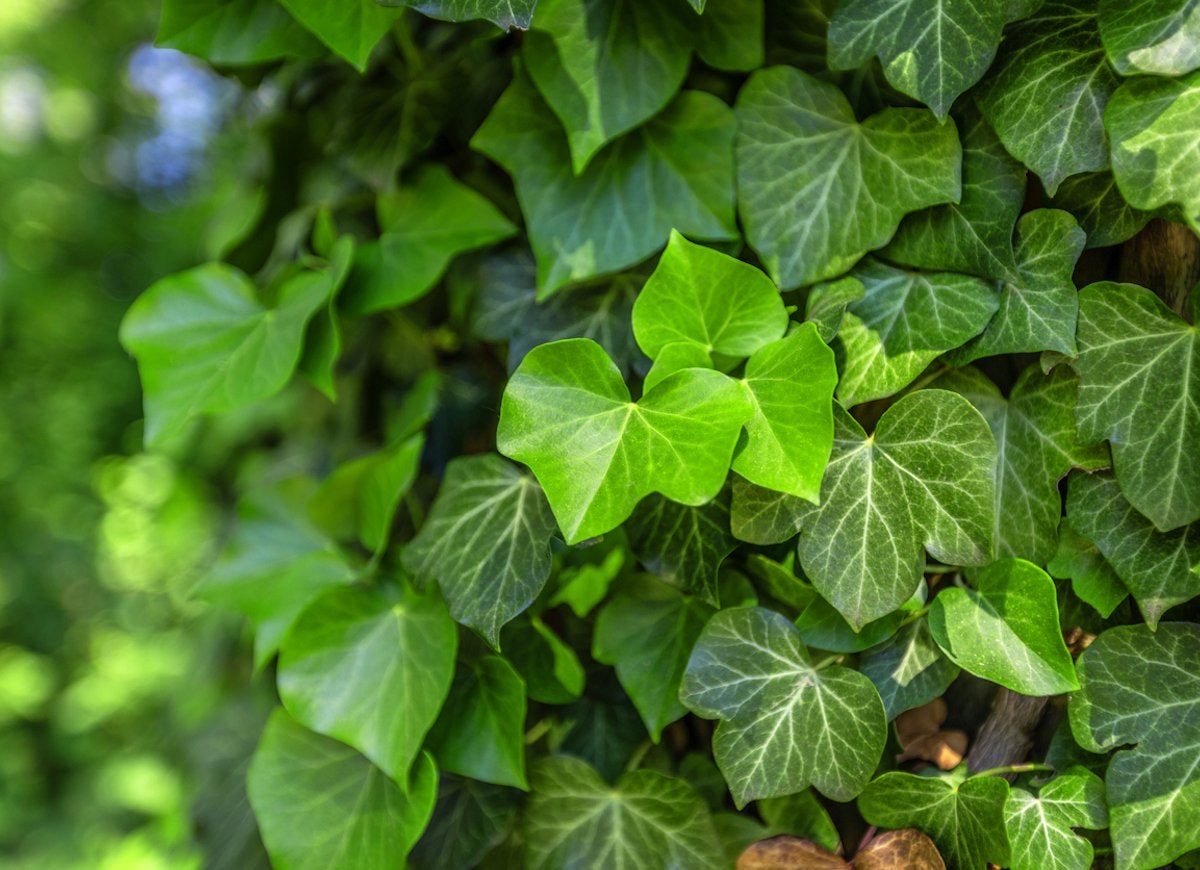
English ivy was brought to America by colonists who sought to recreate the charms of their native landscaping. In its new environment, ivy quickly became an invasive, and destructive, covering (even eventually toppling) trees, and supplanting native species in forests and open areas.
Wisteria

Native to China, wisteria is a sight to behold, with its fragrant, purple blooms, waterfalling over anything it covers. But beware of planting it on your property, as it grows so vigorously that it can quickly become difficult to manage.
Barberry
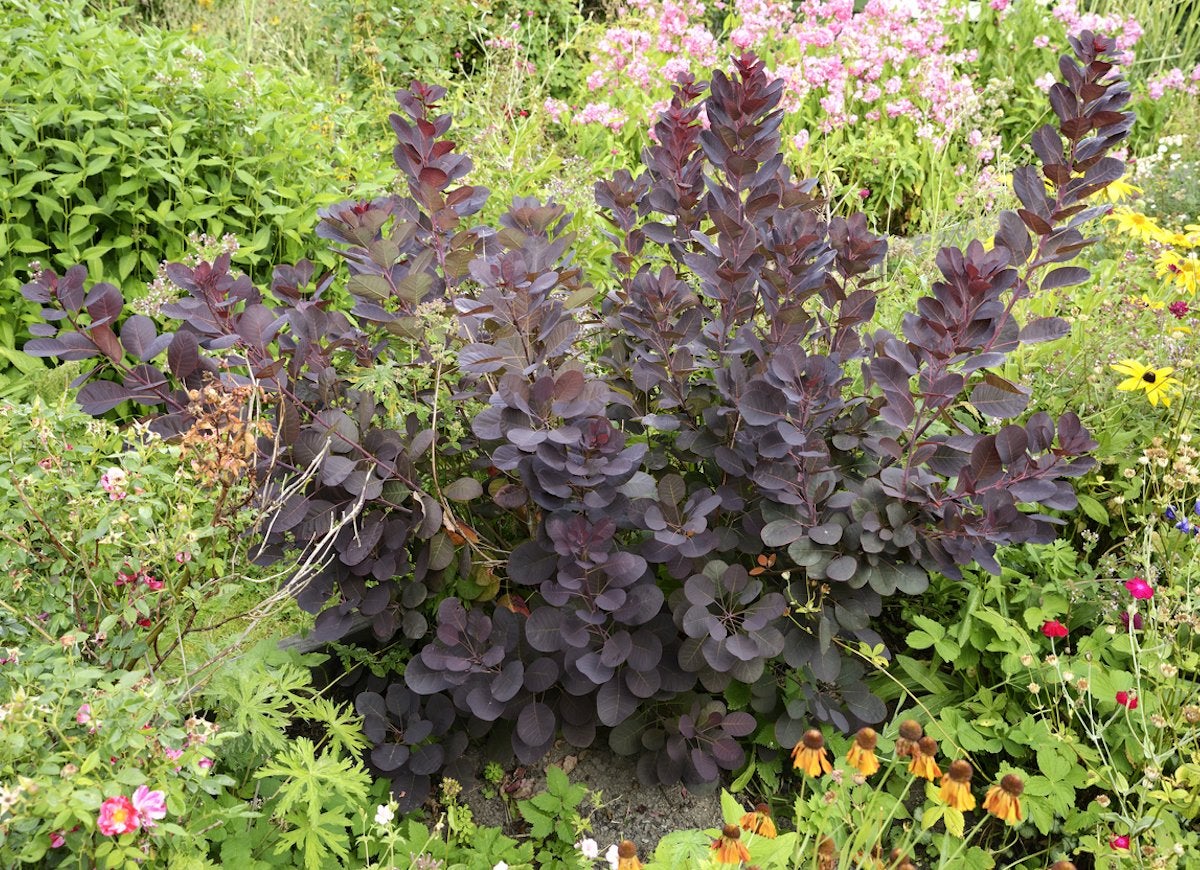
Though it is a commonly used shrub by landscapers, both common barberry and Japanese barberry are banned in many areas of the United States. Introduced to the country in the late 1800s, not only is it invasive, but it provides an ideal hiding place for deer ticks, which can carry Lyme Disease.
Butterfly Bush
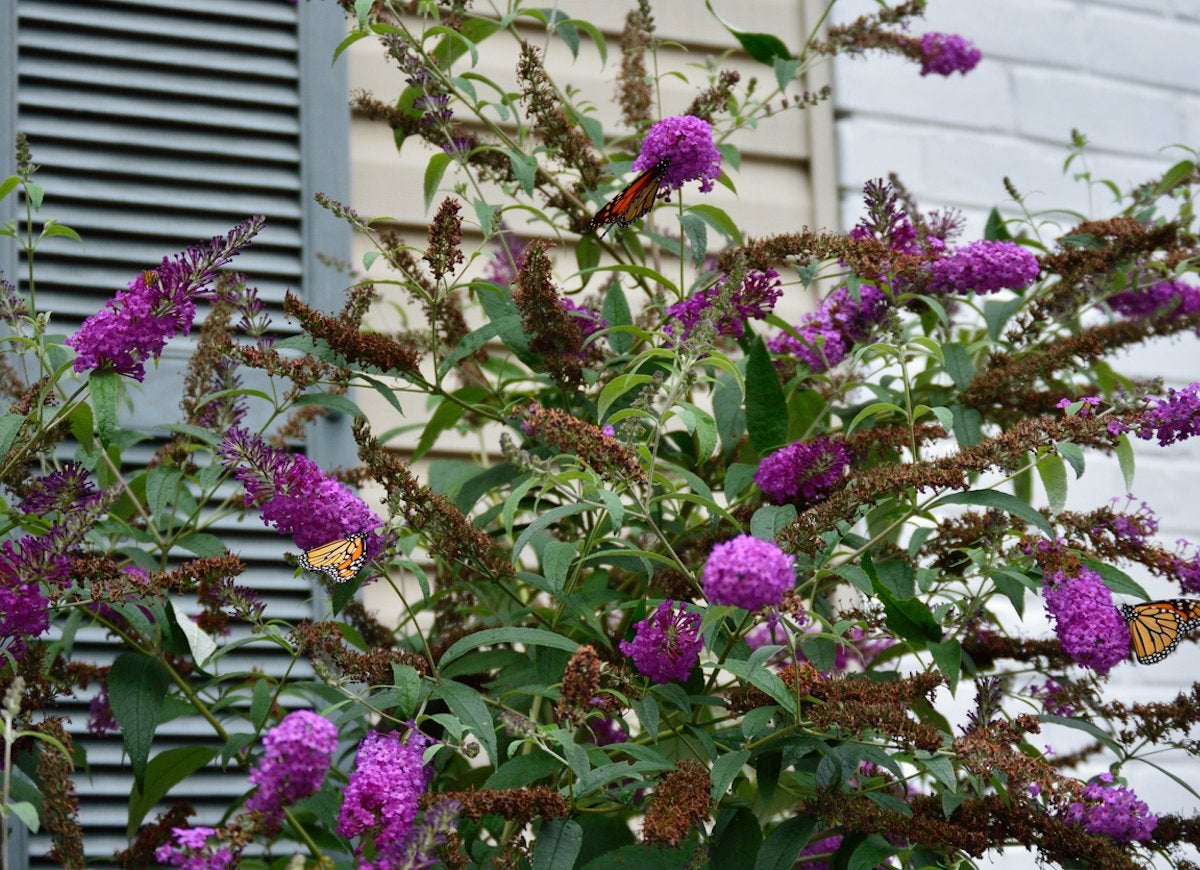
Butterfly bush offers much-needed nectar for pollinators like butterflies and bees, but it is also considered a noxious weed in many states, where it pushes out native species and spreads into uncultivated areas where it is not wanted.
Purple Loosestrife
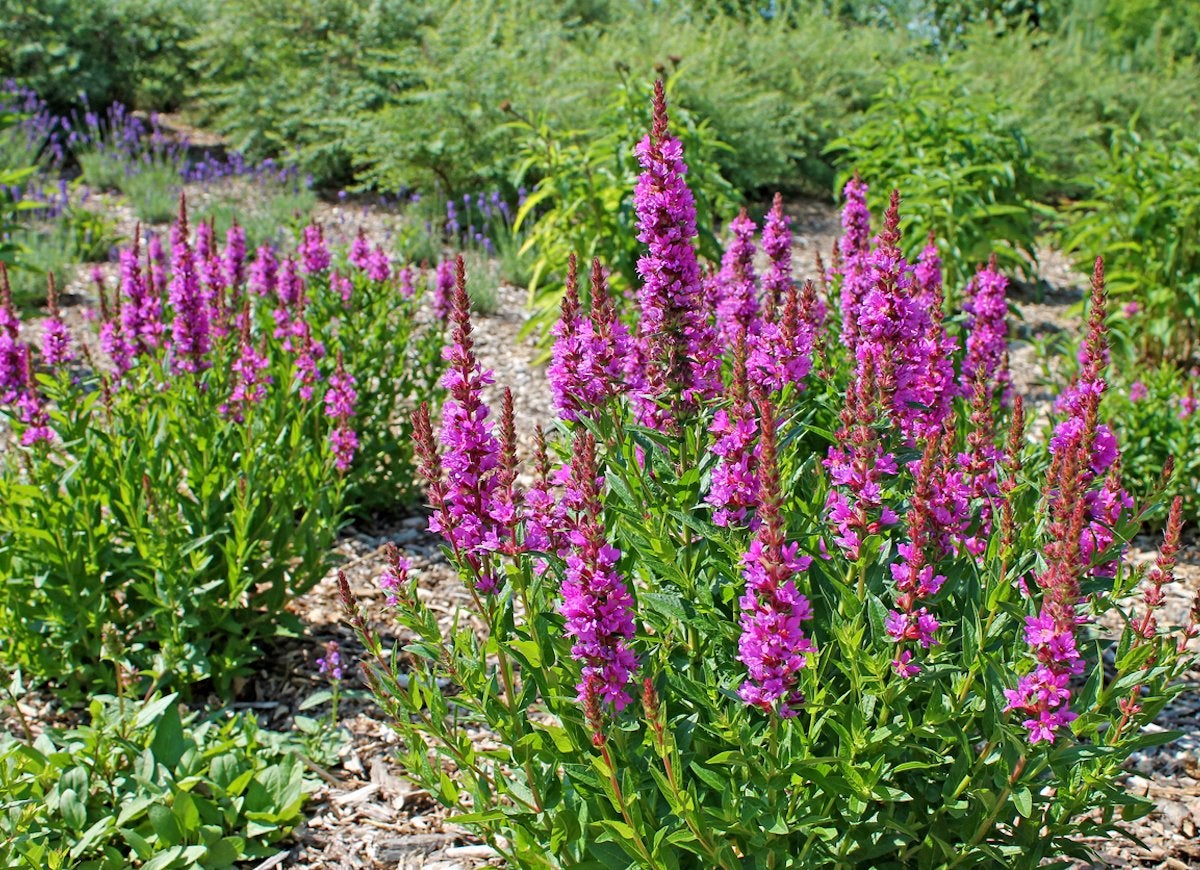
Purple loosestrife is a beautiful but aggressive hardy perennial, which can damage wetlands and the animals that live there, if allowed to spread unchecked.
Norway Maple
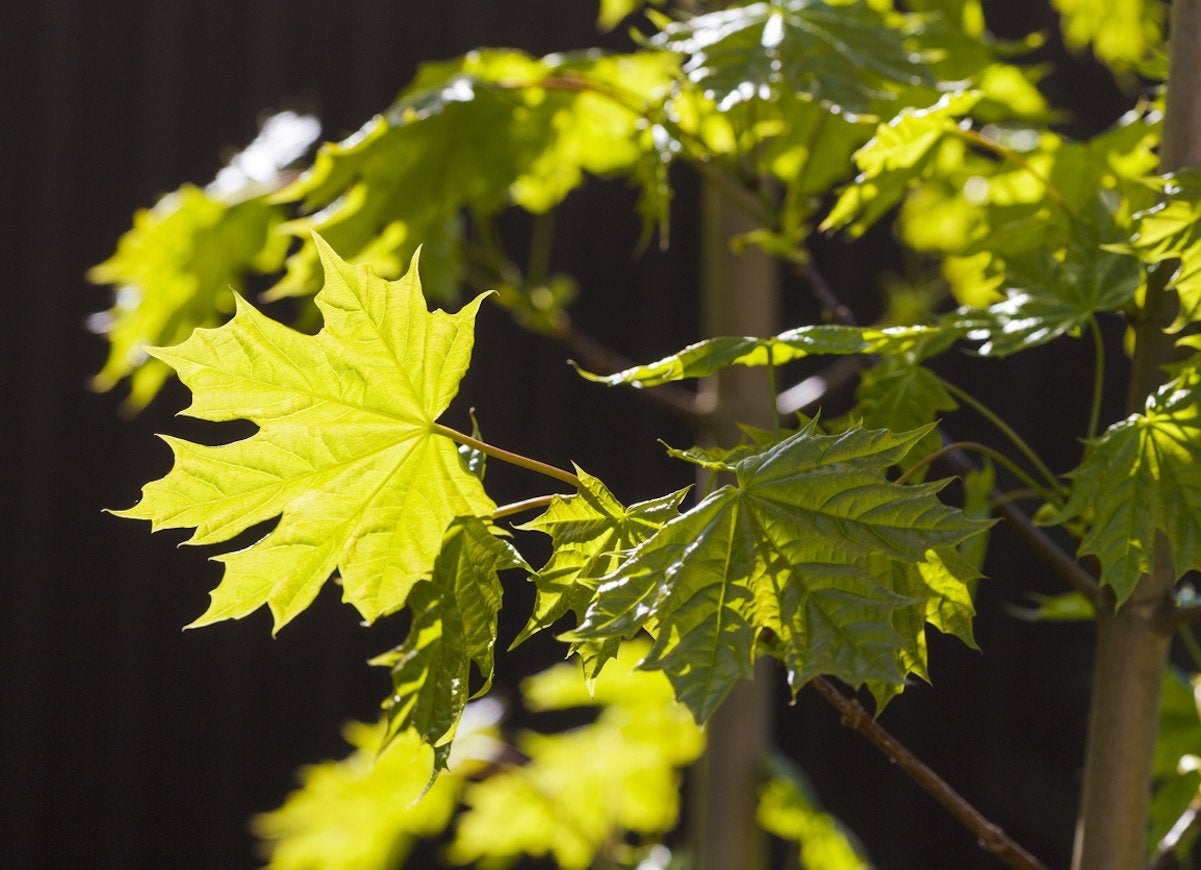
While it is a vigorous and adaptable species loved by some homeowners, Norway Maple is on the invasive plant list in many states. Its shallow, dense root system competes with lawns and other landscaping plants.
Japanese Honeysuckle

Honeysuckle is often used along highways for erosion control. However, Japanese honeysuckle can cause more hard than good if it threatens native plants by hoarding all the light, space, and nutrients in a specific area.
Black Locust
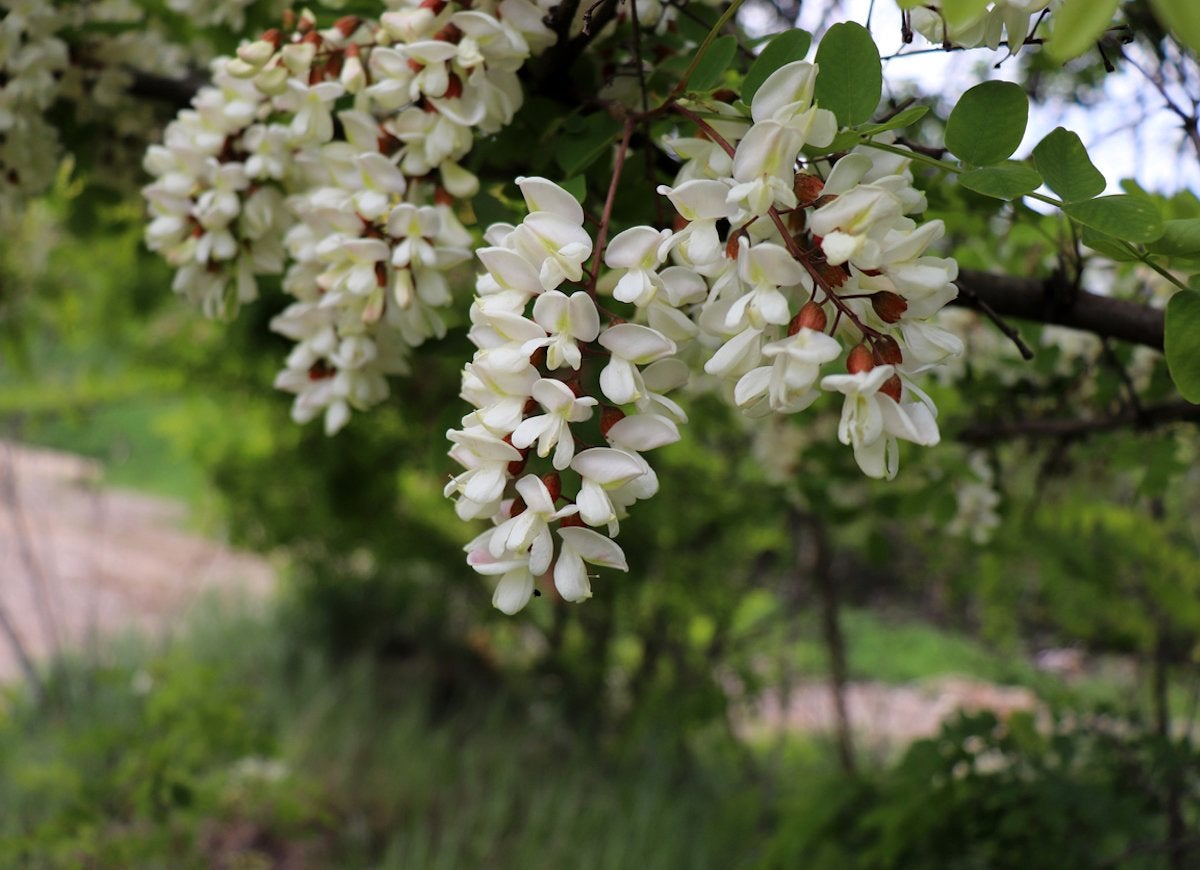
Black locust spreads quickly, and is also short lived. Its branches are brittle and break easily when exposed to high winds. As a result of its ability to propagate quickly, it is considered invasive and is on the do-not-plant list in many localities throughout the country.
Bittersweet
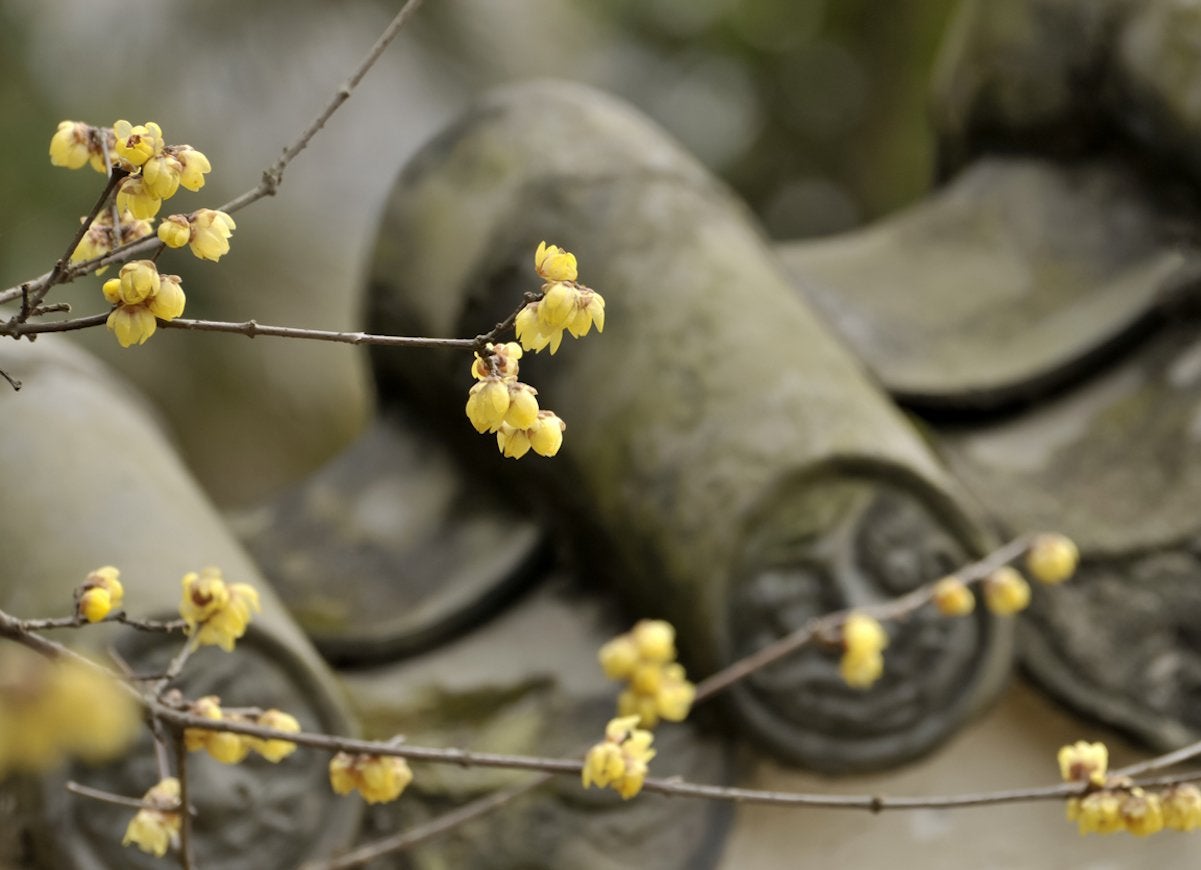
This woody, perennial vine is native to Asia, and although punctuated with beautiful berries in winter, it is considered an invasive species due to the way it thwarts the success of native plants.
Japanese Knotweed
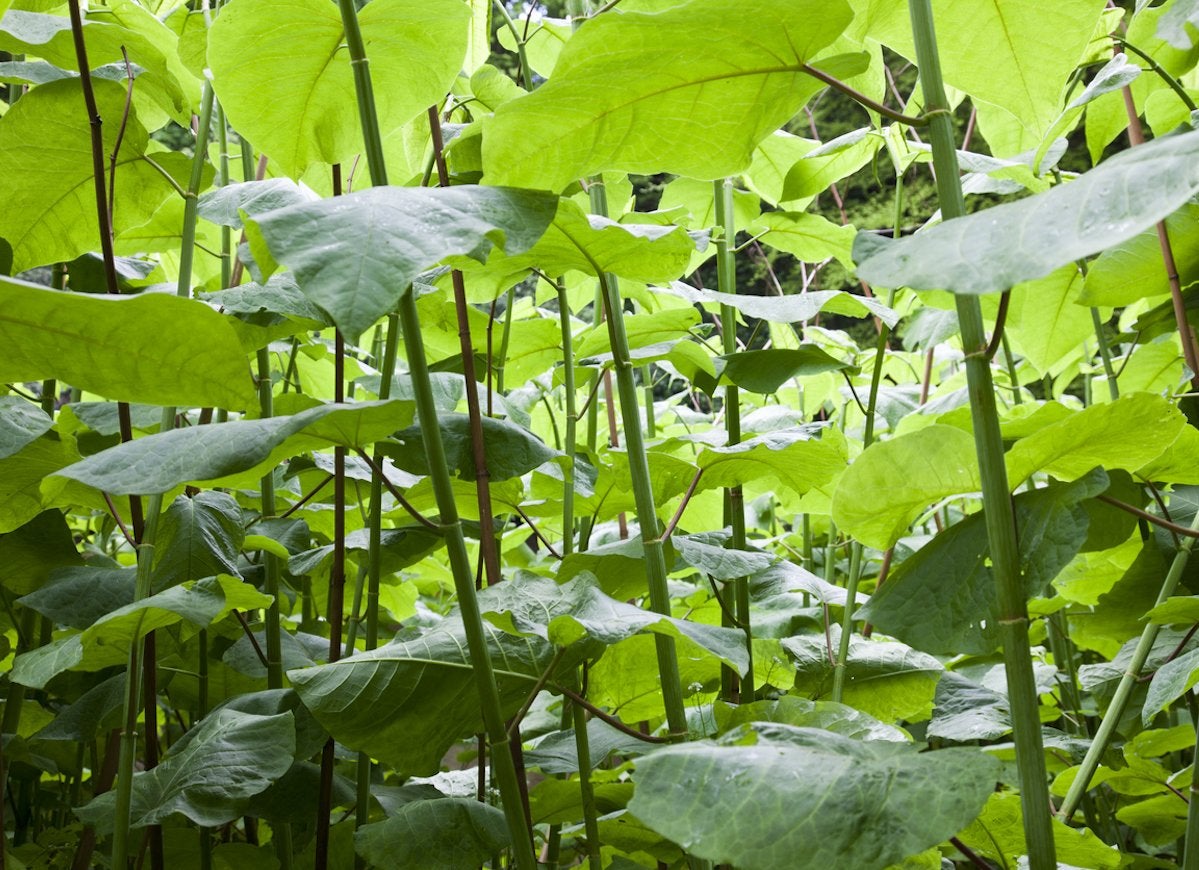
Introduced to the United States from East Asia in the late 1800s, Japanese Knotweed has been considered problematic since the mid-20th century. It spreads quickly, crowding and shading out native vegetation.
Common Buckthorn
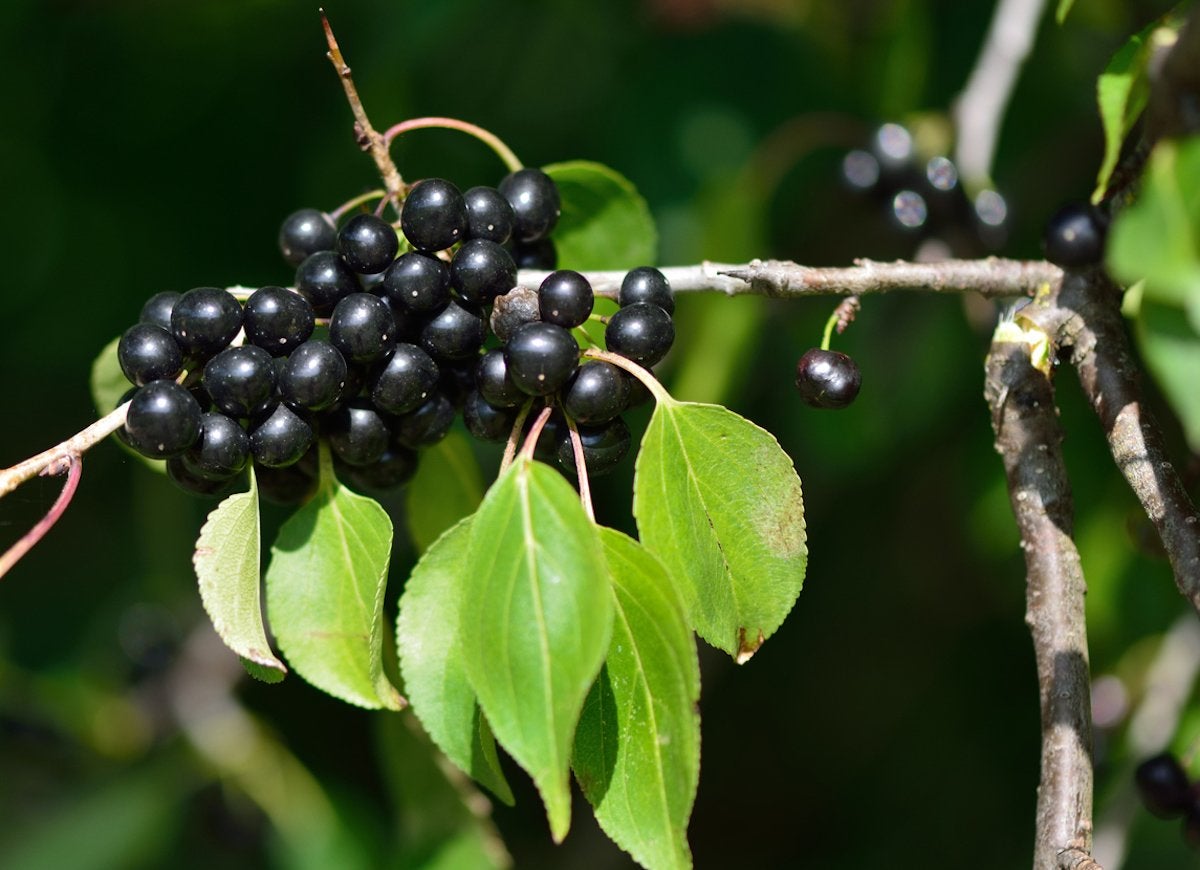
Like so many invasive species, Common Buckthorn was introduced to this nation’s gardens by well-meaning botanists in the late 19th century. Besides crowding out native shrubs, it plays host to many pests, and the decomposition of its leaf litter can change the pH of the surrounding soil, which can cause problems for other nearby plants.
Related: 50 Plants That Thrive in Any Yard
Dame’s Rocket
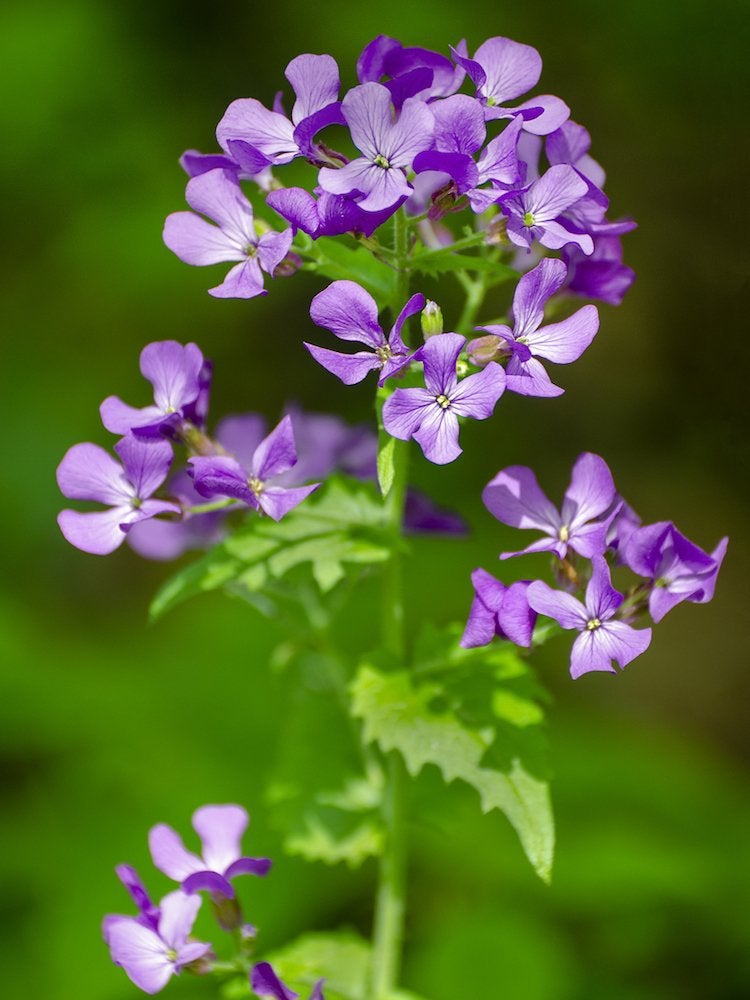
Dame’s Rocket, with its fragrant white, pink or purple flowers blooming in spring, has long been a traditional garden favorite. But it is an invasive species, and no matter how beautiful, it has the potential to damage entire natural ecosystems.
Burning Bush
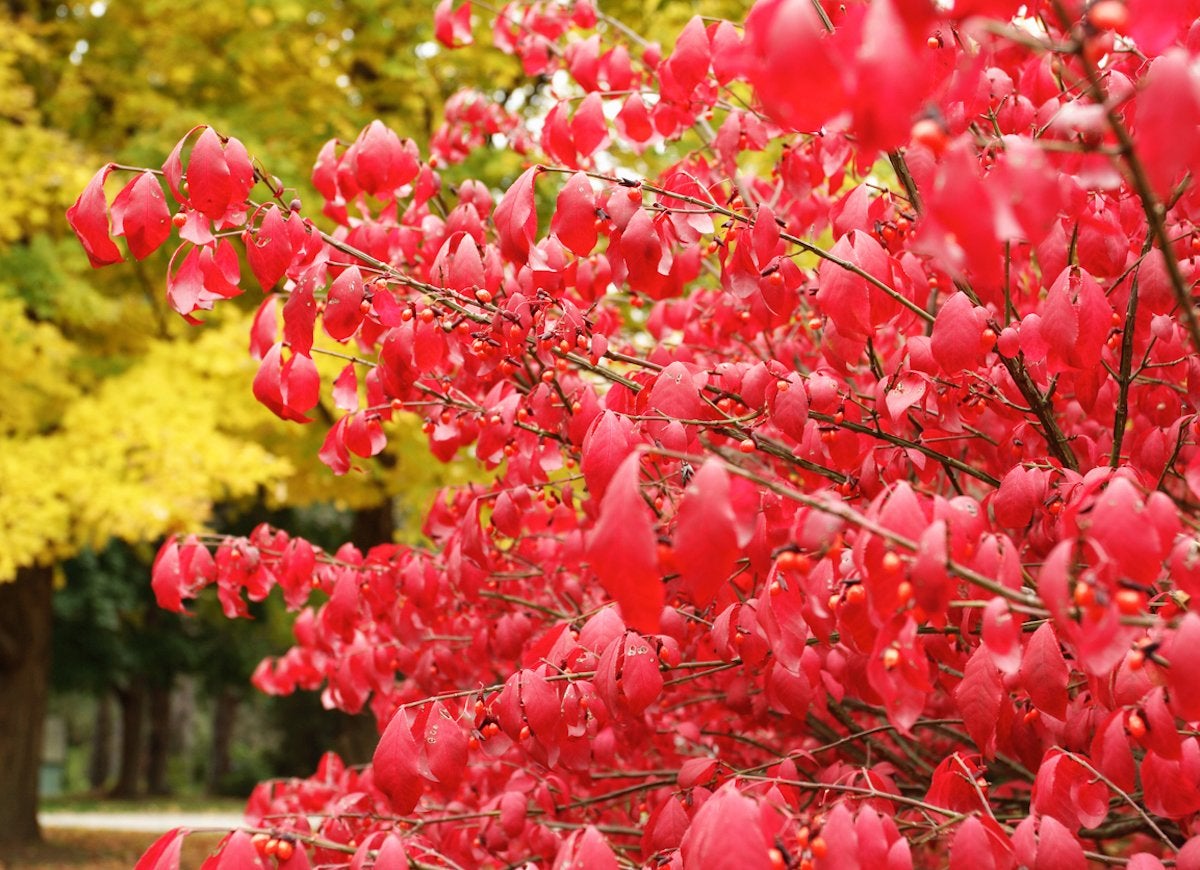
Known for its bright red, fall color, burning bush is a popular landscaping shrub throughout North America. It has many invasive traits, however, that allow it to spread aggressively. It’s not recommended for planting near uncultivated areas, and may end up on official invasive species lists in the near future.
Giant Hogweed
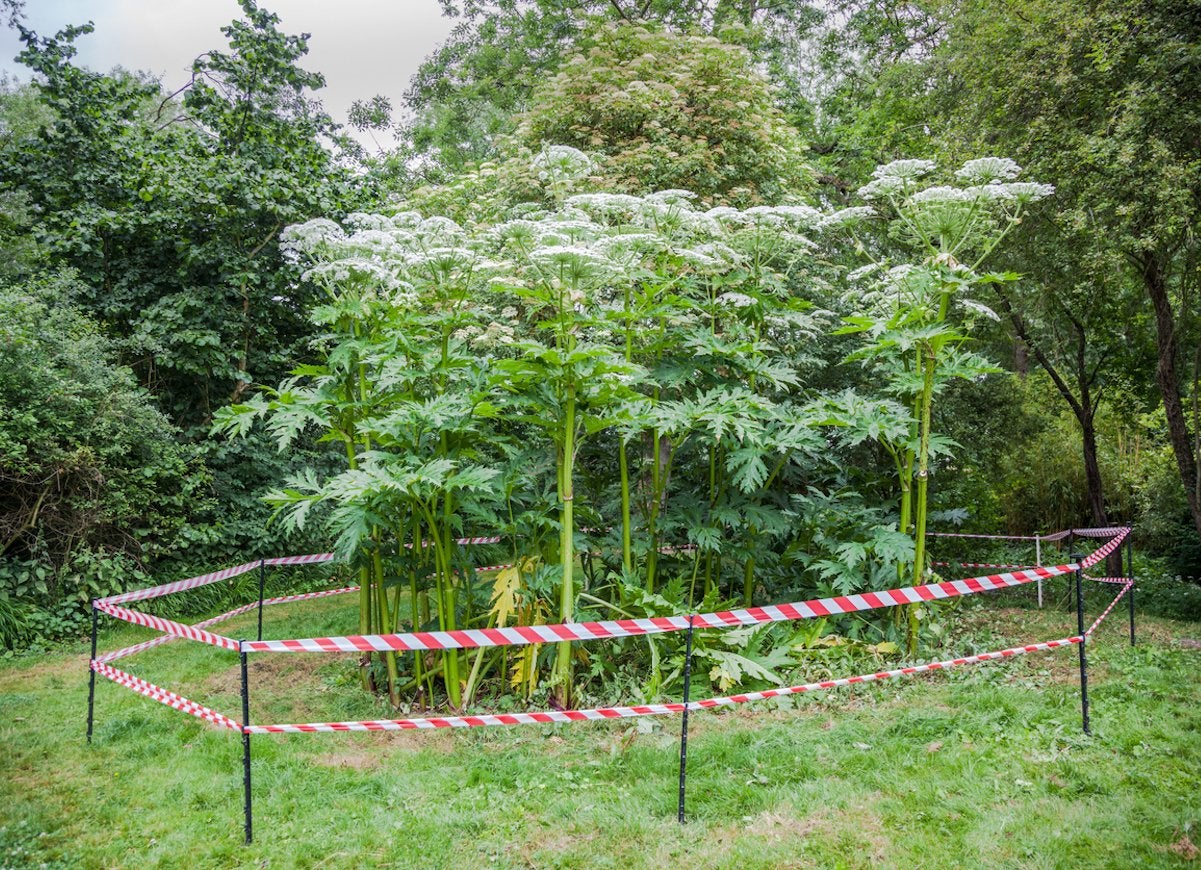
Giant hogweed is not only on invasive species lists, it is officially classified as a noxious weed. Though it was originally cultivated as an ornamental plant, contact with its sap can cause terribly painful burns, scarring, and even blindness.

Our Best Advice for Beginner Gardeners
We’ll help you set up your first garden—whether that’s a few pots on your patio, a raised bed, or an in-ground plot out back—and select the right plants for your soil and region.
